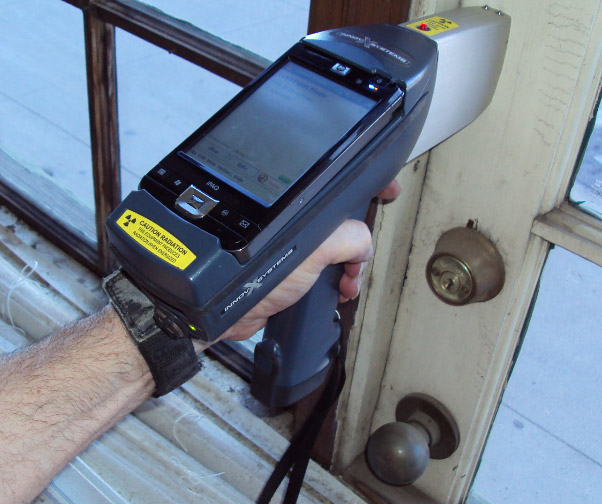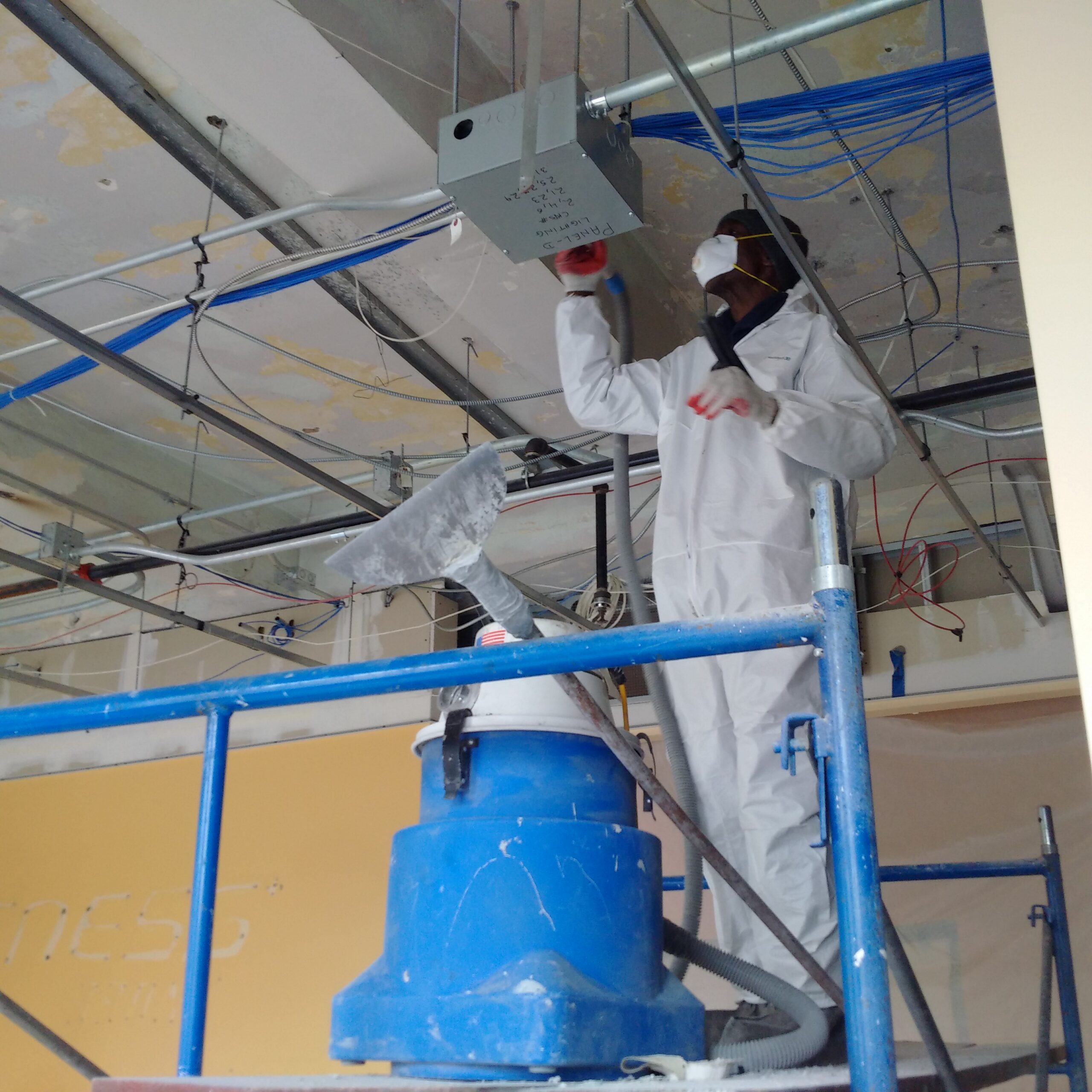DOH & HPD Lead Violation Removal NYC-- Expert Solutions for Conformity
DOH & HPD Lead Violation Removal NYC-- Expert Solutions for Conformity
Blog Article
Finest Practices for Making Certain Safe and Detailed Lead Violation Reduction
Dealing with lead violation abatement calls for a multi-faceted approach to ensure both safety and compliance. Preliminary assessments using innovative discovery approaches such as XRF analyzers set the stage for an accurate understanding of contamination degrees. Including appropriate control techniques, including closed obstacles and HEPA filtration, coupled with making use of individual protective equipment (PPE) for workers, creates the backbone of a safe operation. Thorough cleanup procedures, including HEPA vacuuming and wet-wiping, are essential. It's the last clearance procedure, entailing thorough evaluations and lab screening, that really confirms a lead-free environment, guaranteeing lasting security. Exactly how do these methods interconnect to ensure detailed lead reduction?

Preliminary Assessment
Conducting a first evaluation is a vital initial step in lead offense abatement. This stage includes a comprehensive examination of the building to recognize the existence, extent, and details places of lead-based hazards. Certified professionals, such as licensed lead inspectors or take the chance of assessors, must carry out a thorough website inspection, making use of tools like X-ray fluorescence (XRF) analyzers to precisely spot and gauge lead concentrations in paint, dirt, soil, and water.
The evaluation has to likewise consist of an evaluation of the structure's history, previous records, and any kind of grievances or wellness problems reported by occupants - Lead Removal Contractors. Recording the findings thoroughly is important, as these documents form the basis for establishing a reliable abatement method. An extensive analysis also includes tasting and laboratory analysis, which are essential to confirm the existence of lead and overview succeeding actions
Additionally, it is crucial to communicate the results transparently to all stakeholders, consisting of residential property proprietors, renters, and regulative authorities. By making certain that the initial assessment is carried out with accuracy and roughness, specialists can lay a solid foundation for a targeted and effective lead reduction procedure, ultimately securing public health and guaranteeing compliance with governing requirements.
Proper Containment
Correct control is critical to protect against the spread of lead contaminants during abatement tasks. Properly managing containment minimizes the risk of lead dust and particles migrating to non-work locations, therefore safeguarding both the setting and individuals outside the immediate job area.

Normal evaluations of the containment location are necessary to inspect for breaches or weak points in the barrier. Any kind of determined issues must be quickly resolved to preserve image source the honesty of the containment. By sticking to these practices, abatement tasks can efficiently regulate lead contamination and mitigate affiliated health dangers.
Employee Security
Making certain worker security is paramount during lead abatement jobs to avoid work direct exposure to unsafe lead particles. Crucial steps consist of making use of personal protective devices (PPE) such as respirators, handwear covers, and full-body matches particularly created to obstruct lead dust and fumes. Workers must undertake comprehensive training on the appropriate use and upkeep of PPE, consisting of fit testing for respirators to make sure optimum efficacy.
Engineering controls, such as regional exhaust air flow systems, are crucial in reducing airborne lead focus in the workplace. Administrative controls ought to likewise be carried out, consisting of restricting the duration of exposure and rotating workers to decrease individual exposure times. Routine medical monitoring and organic tracking are indispensable for very early discovery of lead absorption, making it possible for timely intervention and treatment.
Moreover, developing a purification procedure is crucial. Workers need to adhere to rigorous decontamination treatments prior to breaks and at the end of their change to stop lead dirt from being lugged outside the workspace. This includes comprehensive hand and face washing with lead-specific cleansing representatives and altering out of polluted garments.
Careful Clean-up
Maintaining a secure workplace extends beyond employee security and includes meticulous cleaning to ensure lead bits are completely eliminated from the site. The process of thorough cleaning is essential in protecting against the recontamination of the mellowed find more out area and safeguarding both existing and future occupants.
To accomplish a thorough clean-up, all work locations need to be systematically sanitized. This includes using specialized HEPA (High-Efficiency Particulate Air) vacuum and wet-wiping methods to capture and get rid of great lead dust that might have chosen surfaces. It is important to cleanse all horizontal surface areas, including floorings, window sills, and counter tops, as well as vertical surface areas that may have entraped lead particles.
Employees weblink must use ideal personal safety equipment (PPE) during cleaning to avoid direct exposure to residual lead dust. Utilized cleansing materials such as wipes, sponges, and mop heads need to be thrown away based on contaminated materials disposal regulations.

Last Clearance
Last clearance is the critical ending stage of lead reduction that determines whether the website is secure for reoccupation. This essential step involves detailed inspection and screening to validate that all lead hazards have actually been efficiently gotten rid of.

Final clearance screening not only secures future residents yet also ensures compliance with regional, state, and federal laws. It serves as a recorded validation of the abatement contractor's adherence to industry finest practices. Making sure a comprehensive and effective last clearance is crucial in securing public health and cultivating count on the reduction procedure.
Conclusion
Making certain risk-free and detailed lead infraction reduction requires a diverse strategy incorporating preliminary assessments with advanced discovery approaches, reliable containment strategies, rigid employee defense methods, and careful cleanup treatments. The last clearance stage, including thorough assessments and lab screening, is important to confirm conformity with EPA criteria. Adherence to these finest techniques guarantees a secure atmosphere for occupants, minimizes health and wellness dangers, and promotes regulatory demands, thereby promoting public health and wellness and safety in lead-affected areas.
Report this page